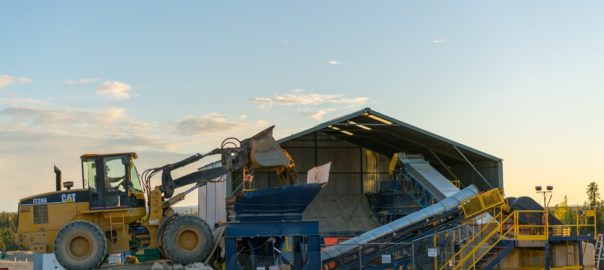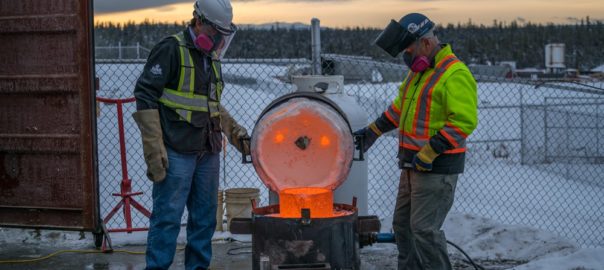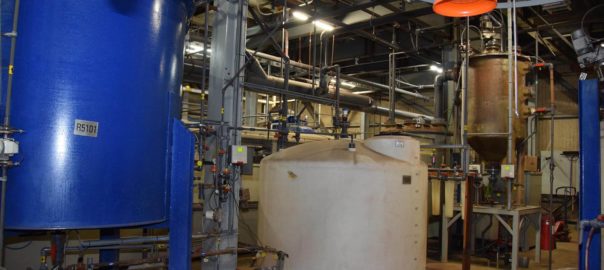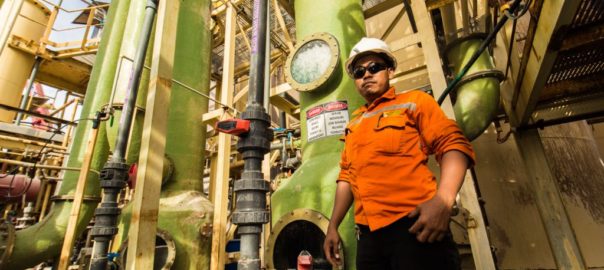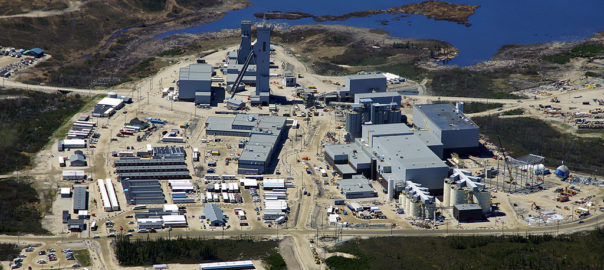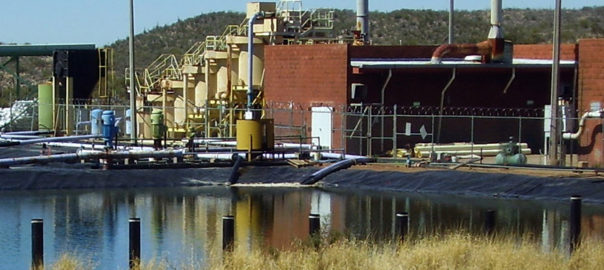Golden Predator Mining says tests have successfully confirmed that EnviroLeach Technologies’ environmentally friendly technology can effectively extract and recover more than 95% of the gold from sulphide concentrates produced at the 3 Aces gold project, in the Yukon of Canada.
The concentrate is produced using Golden Predator’s Secondary Recovery Unit (SRU™).
With this environmentally friendly technology confirmed in successive tests both in the EnviroLeach facility and at the Golden Predator bulk sample processing plant (pictured), the companies have initiated a larger material test run to process up to 5 t of gold-bearing sulphide concentrates to be completed onsite at Golden Predator’s plant in the Yukon, they said.
As part of this testing, a sample of gold-bearing sulphide concentrate recovered in 2018 was shipped from Golden Predator’s plant to the EnviroLeach facility in Surrey, British Columbia, in August of 2019.
Some 55.9 kg of the material was processed using EnviroLeach solution and 96.5% of contained gold was leached in six hours; and gold in solution was extracted by electrowinning and poured into a 91.3 g bar.
A sample of gold-bearing sulphide concentrate recovered in 2019 was also sent to and processed by EnviroLeach at the facility, with 30.4 kg of the material processed using EnviroLeach solution with 96.7% gold recovery in 29 hours; and gold in solution extracted by electrowinning in four hours and poured into a 77.8 g bar.
Following completion of test work in the EnviroLeach facility in Surrey, on-site testing was initiated to leach material at the plant during the week of September 23, 2019. This saw 121 kg of gold-bearing sulphide concentrates produced during 2019 processed in 21 hours with a 96.2% gold recovery; and electrowinning completed in 14 hours, with 255 g of gold recovered from the electrowinning cell and poured into a bar.
Janet Lee-Sheriff, Chief Executive Officer of Golden Predator, said: “Working with EnviroLeach provides us a unique opportunity to lead the way for safe and responsible new cyanide-free extraction methods in processing gold bearing concentrates which has immediate value on our 3 Aces project as well opening up other commercial opportunities.”
The Golden Predator-EnviroLeach working relationship has enabled the companies to successfully demonstrate the first “in the field” recovery of gold from gold-bearing sulphide concentrates, using EnviroLeach’s environmentally friendly formula and Golden Predator’s SRU processing equipment, according to the companies.







